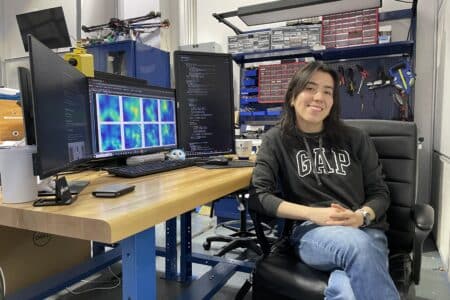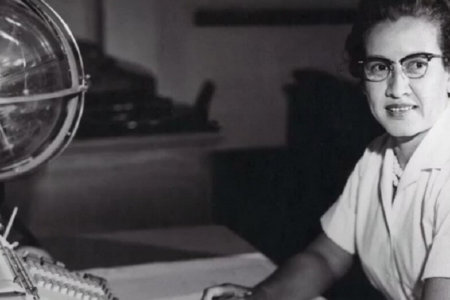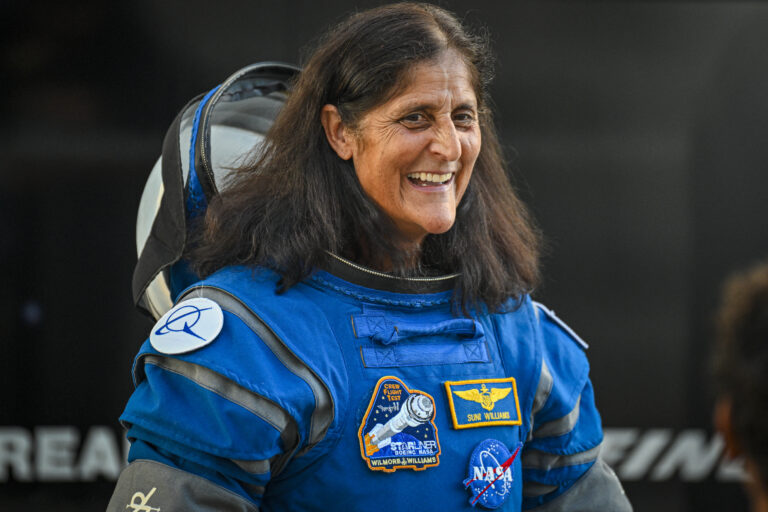
We have all dreamed about being astronauts at some point.
Imagine floating in space where your feet never touch the ground and having a panoramic view of stars.
But we often do not know what’s needed to become one; all we know is that it’s no easy task. So the question is, how do you become an astronaut?
First things first, what is an astronaut aside from a person being geared up in a spacesuit and being sent into space?
They are highly trained individuals who travel into space to explore and conduct scientific research in microgravity, such as going on spacewalks or examining how different organisms behave differently in space.
In 2023, astronauts made major discoveries, including improved treatments for torn meniscus, putting materials and components to the ultimate durability test by exposing them to extreme conditions in space, and improving our understanding of ageing, cancer development, and how the body heals itself.
There are generally three types of astronauts:
Pilot Astronauts
Pilot astronauts are crucial to shuttle missions or the International Space Station. They serve as either commanders or pilots and are responsible for the safety of the crew and the flight.
To qualify for this role, applicants must undergo intense training that simulates space conditions.
Mission Specialist Astronauts
Mission specialist astronauts collaborate with the pilot and commander. Their duties include managing onboard operations, conducting experiments, maintaining equipment, and tracking the shuttle’s resources.
These astronauts often come from diverse fields such as science, medicine, or engineering.
Payload Specialist Astronauts
Payload Specialist astronauts are experts selected for their specific knowledge or experience related to the equipment or experiments on a particular space mission.
They undergo extensive training over several years and are often chosen by organisations, companies, or research institutions to carry out specific tasks, such as operating specialised instruments or conducting experiments related to their expertise.

Astronauts are often confined to small spaces and are taught to overcome claustrophobia and adapt to the isolating environment of space. Source: AFP
Reasons to not become an astronaut
Becoming an astronaut may seem like a dream job, but it’s not for everyone.
One of the biggest challenges faced is the intense training that astronauts must endure. This training can be physically and mentally exhausting, involving survival exercises, underwater stimulations, and exposure to high G-forces.
Space travel often triggers severe motion sickness due to the lack of gravity, making astronauts feel nauseated and disoriented for days. This may affect their ability to perform crucial tasks. Additionally, the human body is not built for long periods in zero gravity, and despite rigorous exercise regimens, astronauts face risks like muscle and bone loss.
Another challenge is the emotional strain of being away from family for extended periods. Astronauts are often isolated for months during space missions or while training in remote locations. Missing essential family moments can affect their personal lives.
Plus, it’s a competitive market and things might not always work out. In 2020, 12,000 people applied to become an astronaut with NASA and only 10 were selected, making for an acceptance rate of 0.083%.
This Reddit says that while being an astronaut is not an unreasonable career goal, it’s important to temper your expectations. “Make sure that the skills you learn will allow you to make money and work on the periphery of spaceflight,” they write. “No matter how good you are, the pool of available slots is limited and it’s an aspirational goal for a lot of people.”
But this does not stop many from pursuing their dream of becoming an astronaut.
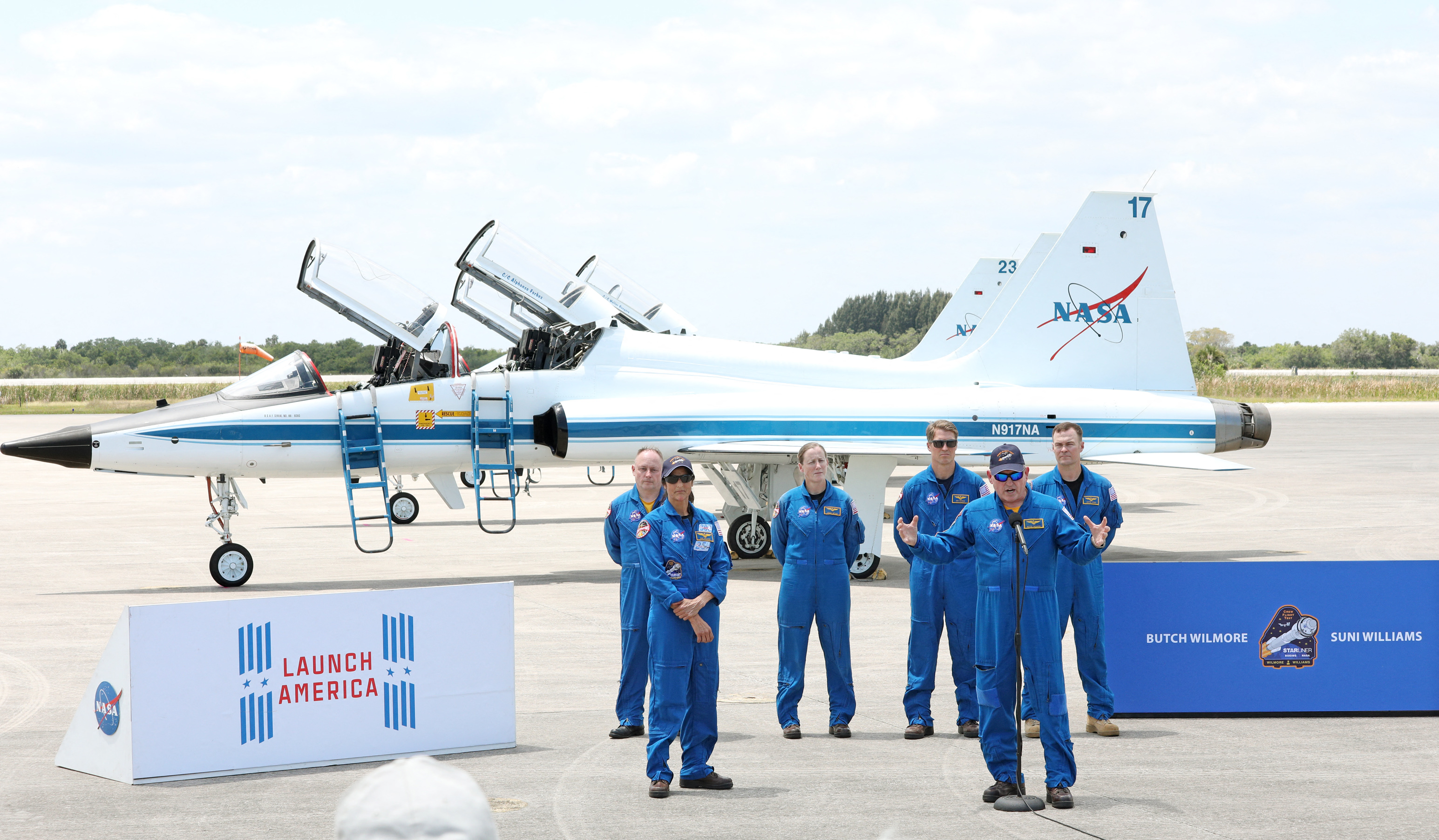
Flying a fighter jet is one of the requirements for becoming a pilot. Hence why several astronauts from around the world attend the military. Source: AFP
6 “basic” requirements to become an astronaut
Bachelor’s degree
Earning a bachelor’s degree in biology, chemistry, physics, engineering, medicine, aeronautics, or mathematics is a strong foundation for aspiring astronauts. These fields are essential for understanding space exploration’s technical and scientific challenges.
If you’re particularly interested in aeronautics or astronautics, Purdue University’s School of Aeronautics and Astronautics offers one of the best aerospace programmes. As the largest aerospace engineering school in the US, Purdue is renowned for producing top aerospace professionals. It ranks second in the nation for graduate aerospace programmes and consistently graduates the highest number of aerospace engineers across all degree levels.
Purdue also has a legacy of astronauts, with 21 graduates, including Neil Armstrong, Sirisha Bandla, and Loral O’Hara.
Master’s or a PhD degree
For those aspiring to become an astronaut, a master’s or PhD degree in mathematics, science, technology, or aerospace engineering from a recognised university is essential. These qualifications significantly boost the chances of reaching higher positions in the space industry.
Additionally, completing a Doctor of Medicine or Osteopathic Medicine degree could be a critical step towards becoming an astronaut.
1,000 flying hours
An essential requirement for many astronaut candidates is accumulating at least 1,000 hours as pilot-in-command of a jet aircraft, mainly through a nationally recognised test pilot school.
Two common paths to achieving these hours are enlisting in the military and undergoing pilot training or working in corporate flight operations, both of which allow you to log significant flying time.
Good physical health
Astronauts must maintain peak physical condition to handle the strenuous demands of space travel. This includes having a healthy height-to-weight ratio, good eyesight, and meeting specific medical requirements such as blood pressure limits.
Astronaut pilots cannot be colour blind, but some colour blindness is permitted with mission specialists.
Additionally, physical endurance is vital for withstanding the intense forces encountered during space missions, such as the high levels of acceleration experienced above Earth’s gravity.
Diving license
Space missions require astronauts to be well-prepared for zero-gravity environments, often simulated through underwater training. While agencies provide diving instruction, obtaining a diving certification on your own time is a valuable advantage.
The Professional Association of Diving Instructors (PADI) is the best place for future astronaut candidates to earn an open water diver certification.
Samantha Raines, an Ocean Robotics Engineer, PADI Open Water Scuba Instructor, Master Scuba Diver Trainer (MSDT), and an active Astronaut Candidate training for future Space Missions, agrees, “I would finally embark on my first round of astronaut training, which was to be microgravity lunar simulations, involving – you guessed it – diving! It is quite common to prepare for space missions with underwater training. In our case, in the calm shallows of natural habitat, we were to simulate equipment failures on a lunar surface while remaining negatively buoyant.”
Full working proficiency in English
Fluency in English is essential for all astronauts, as it is one of the main languages used on the ISS. Learning Russian or Chinese is advantageous too, as they are also frequently spoken on the ISS.
And with all those basics down, your next move would be to decide on which space agency you should apply to — after all, NASA isn’t the only agency in the world.

Yuri Gagarin, a Soviet pilot and cosmonaut, was the first human in space and completed one orbit around the Earth on April 1961. Source: AFP
4 agencies around the world you can apply to as a non-US citizen:
Canadian Space Agency (CSA)
Located in Montreal, Canada, the Canadian Space Agency has successfully produced 14 astronauts, though only four are active. However, you must live permanently in Canada to qualify as a candidate.
Chris Austin Hadfield is one of CSA’s well-known astronauts. He received a BEng in Mechanical Engineering from the Royal Military College of Canada. He later pursued a post-graduate degree at the University of Waterloo and moved to the US to obtain an MSc in Aviation Systems from the University of Tennessee.
Universities in Canada that offer degrees for aspiring astronauts:
- Carleton University — BEng in Aerospace Engineering, MSc/MASc in Aerospace Engineering
- University of Toronto — BASc in Engineering Science, MSc/MASc/PhD in Aerospace Science and Engineering
- York University — BEng in Space Engineering, BSc in Earth and Atmospheric Science (Space Science), MSc/PhD in Earth & Space Science
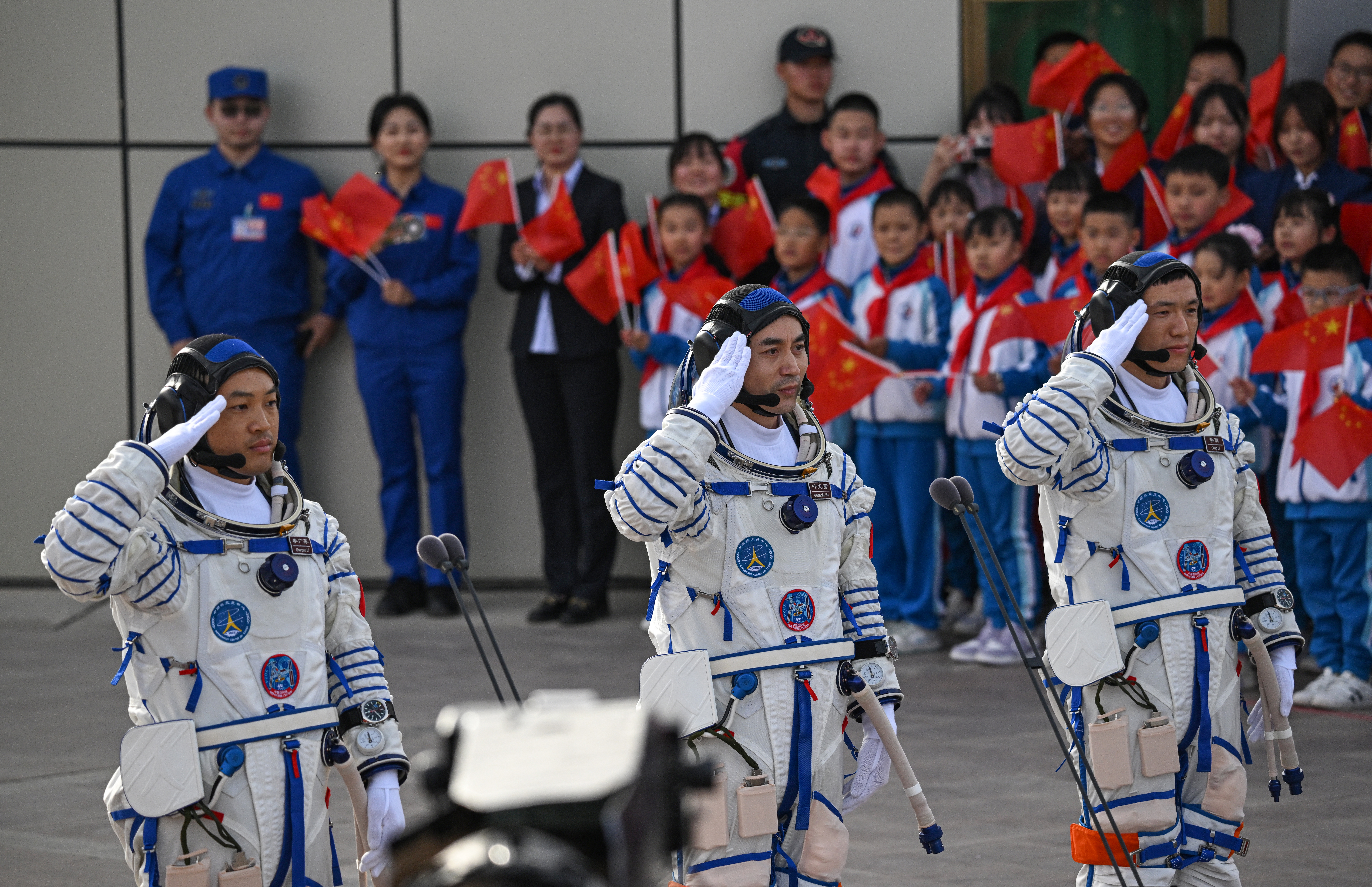
The first Chinese astronaut in space was Yang Liwei, who flew aboard the Shenzhou 5 spacecraft on October 15, 2003. Source: AFP
China National Space Administration (CNSA)
The China National Space Administration was founded in 1993 to manage national space activities. The administration has sent 22 astronauts to space, three of whom are currently at the ISS.
Most of the astronauts in CNSA have attended the PLA Air Force Aviation University. However, Gui Haichao was one of the few to receive a BEng and PhD in Aerospace Engineering (from Beihang University). Later, he became a postdoctoral researcher at York University’s Department of Earth and Space Science and Engineering and Toronto Metropolitan University’s Department of Aerospace Engineering. Additionally, he has released several studies in aero science since 2013.
Universities in China that offer degrees for aspiring astronauts:
- Nanjing University — Bachelor’s degree in Space Science and Technology, Master’s/PhD in Astronomy
- Northwestern Polytechnical University — Bachelor’s degree in Aerospace Engineering, Master’s/PhD in Aeronautical and Astronautical Science and Technology
- Zhejiang University — Bachelor’s degree in Engineering Mechanics, Master’s in Aeronautical and Astronautical Science and Technology
European Space Agency (ESA)
The UK, Belgium, Finland, France, and the Netherlands are some of the few countries that belong to the European Space Agency (ESA). The ESA’s most notable achievements are the 2003 Mars Express Mission and the Beagle 2 on Mars. The space agency will also be the first to recruit “parastronaut,” astronauts with physical disabilities.
French national and astronaut Sophie Adenot graduated from ISAE-SUPAERO with a Bachelor’s in Engineering and an MSc in Human Factors Engineering from MIT. Her Master’s thesis was to investigate how the vestibular system adapts to artificial gravity to design centrifuge training for astronauts. She’s also fluent in French, English, Russian, and German.
Universities in Europe that offer degrees for aspiring astronauts:
- Politecnico di Milano — BSc in Aerospace Engineering, MSc in Aeronautical Engineering, MSc in Space Engineering, PhD in Aerospace Engineering
- Warsaw University of Technology — BSc/MSc in Aerospace Engineering
- The University of Manchester — BEng/MEng in Aerospace Engineering, MEng in Aerospace Engineering with Industrial Experience, MEng in Aerospace Engineering with Management
Indian Space Research Organisation (ISRO)
While it may not have produced past and current astronauts, the ISRO operates as the principal and development arm of the Indian Department of Space. The ISRO has successfully launched four missions, the latest of which is the SSLV-D3 Mission.
Kalpana Chawla is the first ever woman of Indian origin to visit space. Born in India, Chawla graduated with a BEng in Aeronautical Engineering from Punjab Engineering College and migrated to the US to pursue an MSc in Aerospace Engineering at the University of Texas at Arlington. She went on to earn a PhD in the same field from the University of Colorado Boulder. However, she was one of the seven astronauts who passed away in the Space Shuttle Columbia disaster.
Universities in India that offer degrees for aspiring astronauts:
- IIT Bombay — BTech/MTech/PhD in Aerospace Engineering
- Manipal Institute of Technology — BTech in Aeronautical Engineering
- Amity University — BTech in Aeronautical Engineering, MTech/PhD in Aerospace Engineering








